Greenhouses create a controlled environment for plants by regulating temperature, humidity, and light exposure. Farmers can adjust these factors to optimize plant growth and ensure ideal growing conditions for each crop variety. Greenhouses are typically heated and air-conditioned to provide the optimal growing environment for plants.
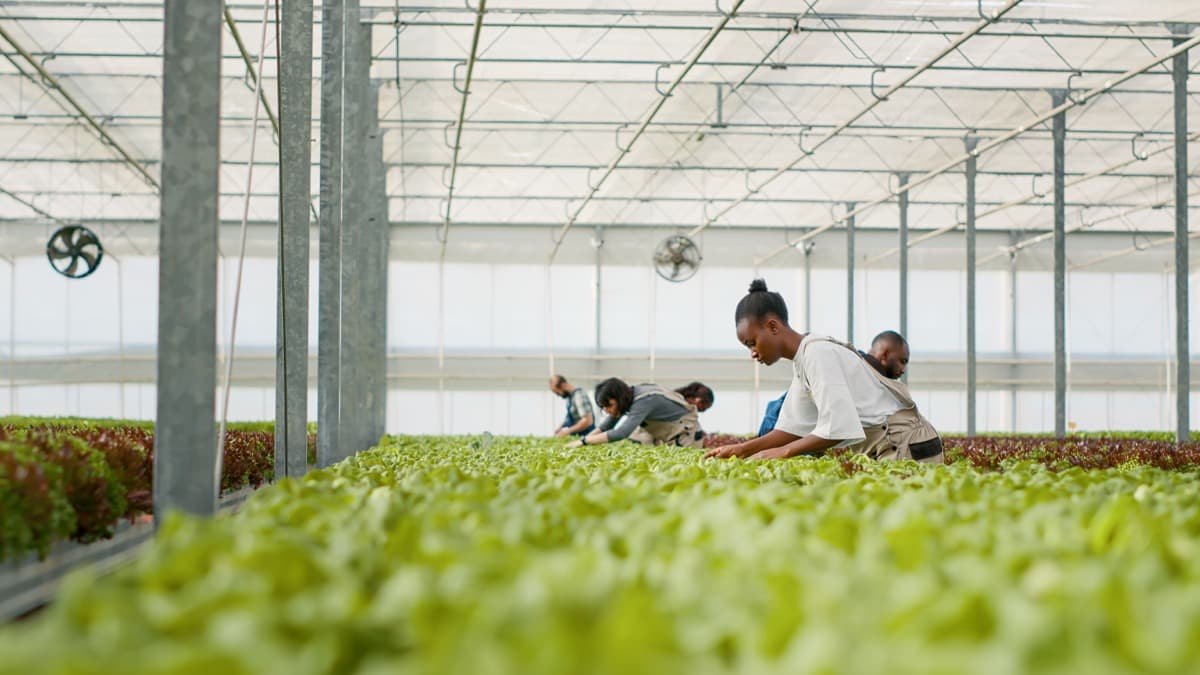
How to Start Greenhouse Farming in Spain
What is Greenhouse Farming?
Greenhouse farming is a type of agriculture that uses controlled environmental conditions to produce crops. Greenhouse farming techniques have revolutionized modern-day agriculture by providing an optimum environment for plants’ growth and protection from pests and harsh weather conditions.
Benefits of Greenhouse Farming in Spain
- One benefit of greenhouse farming is that it increases crop yield by creating optimal growing conditions year-round. This can be especially beneficial in areas with harsh climates or limited access to arable land.
- Greenhouses are also useful for protecting crops from pests and diseases, reducing the need for harmful pesticides and herbicides. Additionally, greenhouse farming allows farmers to grow crops without disturbing natural ecosystems or using excessive water resources.
- Greenhouse farming is a popular and profitable agricultural practice in Spain. With its favorable climate conditions and advanced technology, the country has become a major producer of fruits, vegetables, and flowers all year round.
- Greenhouses also use water more efficiently than traditional field agriculture since they recycle irrigation water through drainage systems. Moreover, greenhouses require less land area than open-field agriculture, meaning farmers can save on land costs.
- It protects against pests and diseases. The controlled environment inside greenhouses makes monitoring and controlling any potential infestations or infections easier, allowing farmers to take quick action before their crops are damaged.
- Greenhouse farming also reduces water usage compared to traditional outdoor agriculture methods, as irrigation systems can be closely monitored and managed more efficiently within enclosed structures.
In case you missed it: Greenhouse Farming in Italy: Crops, 1 Acre Greenhouse Cost, Subsidy, and Loans
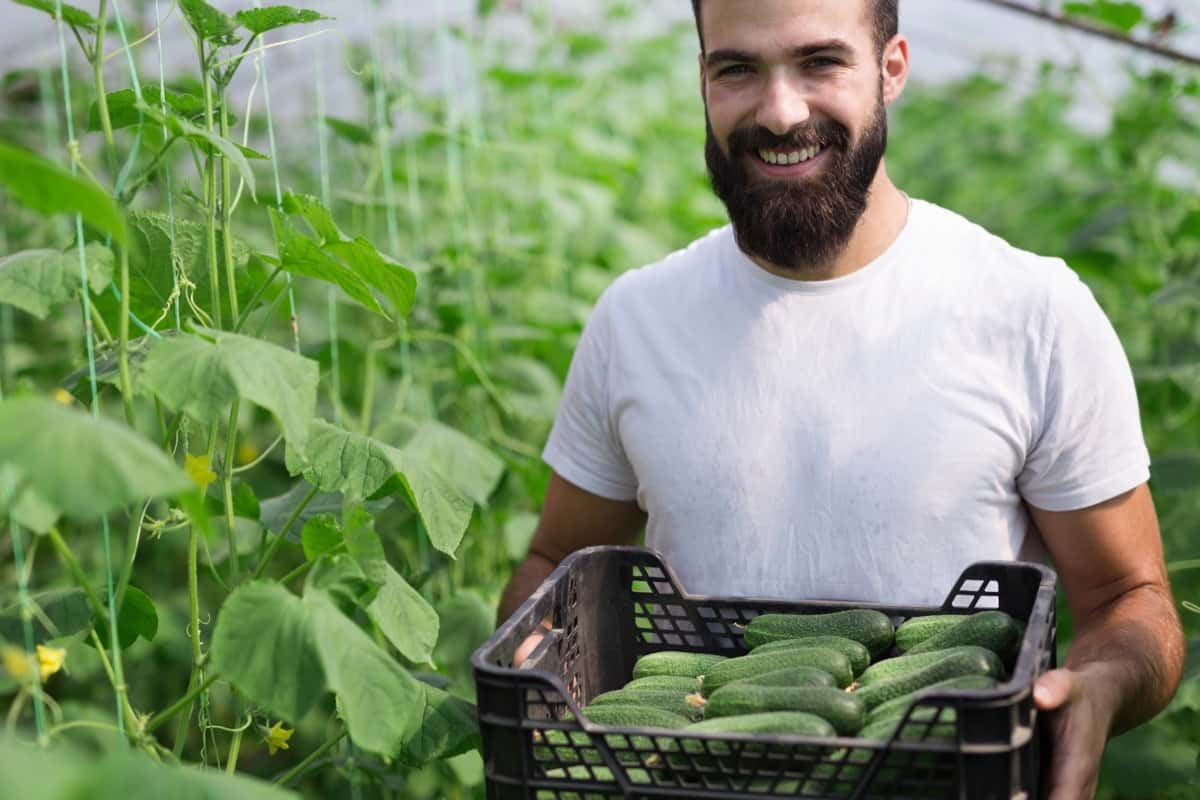
Is Greenhouse Farming Profitable in Spain
- Greenhouse farming in Spain can be quite profitable, depending on the grown crops and market demand. The initial investment cost of building a greenhouse can also impact profitability.
- One advantage of greenhouse farming is that it provides an opportunity for year-round production and protection from extreme weather conditions. Farmers can grow crops even during off-seasons when prices are higher due to limited supplies.
How Does Greenhouse Farming Work?
- Greenhouse farming uses modern technology to grow plants in an enclosed structure. The structure is designed to provide the optimum conditions for plant growth, such as temperature, humidity, and light intensity.
- The greenhouse keeps the internal environment separate from external factors like weather and pests. It also allows farmers to grow crops out of season, increasing their yield potential. Farmers must regulate various environmental factors within the greenhouse to make it work effectively. This includes controlling temperature through heating or cooling systems and maintaining optimal moisture levels through irrigation systems.
- Lighting is also important because it determines how fast plants grow and how well they develop. Growers use artificial lighting when sunlight isn’t sufficient enough during certain times of the year. In addition to these factors, farmers must consider other aspects, such as soil quality and ventilation, when designing their greenhouses.
Greenhouse Vegetable Production in Spain
- Spain has become one of Europe’s leading producers and exporters of vegetables such as Tomatoes, Peppers, Cucumbers, Eggplants, and Zucchinis.
- Greenhouse vegetable production is a major aspect of Spain’s greenhouse farming industry. The country produces several different types of vegetables under these controlled environments.
- One of the main benefits of growing vegetables in greenhouses is that it protects from pests and diseases. This allows for higher yields and better-quality produce compared to field-grown crops.
Why Does Spain Have So Many Greenhouses?
Spain has become a major hub of greenhouse agriculture due to the province of Almería, located in southeastern Spain. Despite having some of the driest conditions in Europe, it has access to groundwater and abundant sun, allowing for year-round farming. Greenhouse farming is essential for producing crops that cannot survive in harsh weather conditions. In Almería, farmers can grow fruits and vegetables like tomatoes, peppers, cucumbers, and strawberries.
The region’s warm climate makes it ideal for growing these crops throughout the year while maintaining consistent quality standards. The use of greenhouses also helps protect against pests and diseases that would otherwise harm the crops. Furthermore, Spain’s geographic location is important since it provides easy access to markets across Europe. This allows Spanish farmers to export their products easily without any delays or complications.
With its unique combination of sunlight and water resources coupled with a favorable geographical location giving easy access to markets around Europe, greenhouse farming has become one of the most profitable agricultural industries in Spain, especially prevalent in regions like Almería, where dry climates make such efforts more challenging but also necessary.
In case you missed it: Management of Black Thrips in Chilli Peppers: Symptoms, Treatment, Chemical, Biological, Natural, and Organic Control
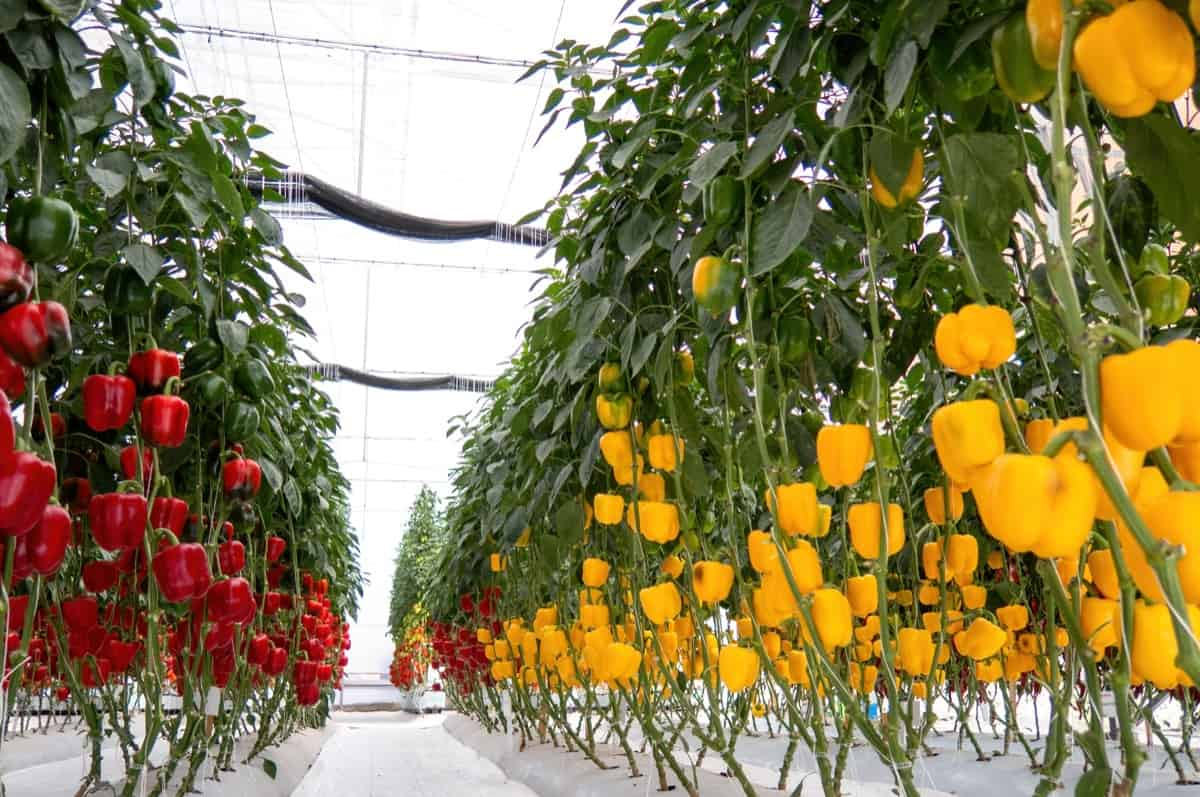
Greenhouse Farming Areas in Spain
- Spanish farmers began experimenting with greenhouse farming to combat the arid climate and lack of water resources. They quickly realized they could grow crops year-round in controlled environments using less water than traditional open-air agriculture.
- The province of Almería was one of Spain’s pioneers in greenhouse farming. It started with small family-owned greenhouses, which grew into large commercial farms. Today, Almería is known as ‘Europe’s garden’ due to its vast greenhouses covering approximately 50,000 hectares.
- Greenhouse farming also spread throughout regions such as Valencia and Murcia, where many citrus fruits are grown under protected cultivation during winter.
The Cost of Building a Greenhouse in Spain
The cost of building a greenhouse in Spain varies depending on several factors. The greenhouse’s size, type, and location are all significant factors determining the total cost. Generally, a greenhouse can cost anywhere up to 57000 Euros per hectare.
The Different Types of Greenhouse Farms in Spain
- Greenhouse farming in Spain has been diversifying over the years, leading to different types of greenhouse farms. The country’s mild climate and abundant sunlight make it easy for farmers to grow various crops all year round.
- One type of greenhouse farm is the conventional or traditional greenhouse. These greenhouses are similar to those found in other countries and consist of glass or plastic structures that allow light and heat into the enclosed space.
- Another type is the high-tech greenhouse, with advanced technologies such as sensors, automated irrigation systems, and computer-controlled environments. These greenhouses are designed to optimize crop growth while minimizing water usage and energy consumption.
- Organic greenhouses have also gained popularity in Spain due to the increasing demand for organic products worldwide. These farms use natural fertilizers and pest control methods instead of synthetic chemicals.
- Vertical farming is another innovative technique used in Spanish greenhouses where plants are grown on stacked layers using hydroponics or aeroponics systems. This method allows growers to maximize their output per square meter while reducing land use.
Crops are Grown Under Greenhouses in Spain
The different types of crops grown under greenhouses in Spain range from Tomatoes, Peppers, Cucumbers, and Strawberries to exotic fruits such as Papayas and Mangoes. Greenhouses provide a controlled environment that protects crops from harsh weather conditions, pests, and diseases, enabling the production of high-quality fruits and vegetables throughout the year.
Crops grown under greenhouses in Spain benefit from modern irrigation systems that allow for precise control over water usage. This helps ensure optimal growth rates while minimizing water waste. Additionally, Spanish farmers utilize advanced fertilization techniques to ensure nutrient-rich soil for their crops. The popularity of greenhouse farming in Spain has led to technological advancements such as automated climate control systems that regulate temperature and humidity levels inside structures.
In case you missed it: Glasshouse Farming: For Increased Yields and Reduced Pesticide Use
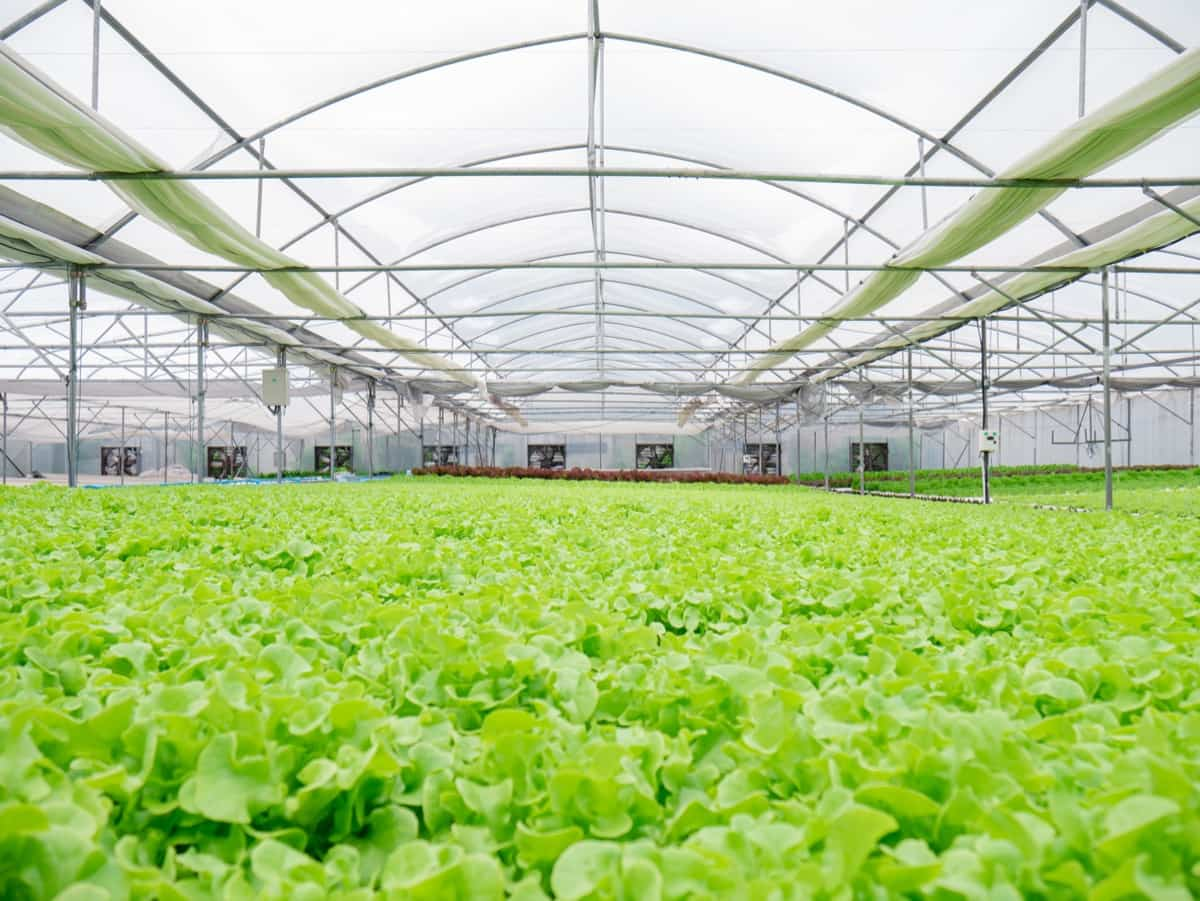
Can You Grow in A Greenhouse Year-Round in Spain?
Yes, Greenhouse farming allows farmers to control the environment and create optimal growing conditions regardless of outside weather patterns. By using temperature control systems, artificial lighting, and irrigation techniques, farmers can produce crops all year long. However, it’s important to note that certain crops may not thrive as well during certain seasons due to changes in humidity or light exposure.
Farmers must carefully select the appropriate crops for each season and adjust their greenhouse conditions accordingly. Additionally, greenhouses require regular maintenance to ensure proper functioning. It’s crucial to monitor temperature and humidity levels daily and make necessary adjustments. Failure to do so could lead to crop damage or loss.
Create a Greenhouse Business Plan in Spain
- Research the market: Before investing in any equipment or land, it’s important to research the demand for your crop in Spain. Consider which crops grow well in greenhouses and what local markets or restaurants might be interested in purchasing them.
- Select a suitable location: Look for an area that receives plenty of sunlight and is easily accessible for transportation and deliveries. Consider the location of your greenhouse. Ensure it has easy access to water, electricity, and transportation routes. It’s also important to analyze the weather patterns in your area, as this could affect the growth of your plants.
- Start small: it is advisable to start small business and gradually expand over time. This allows for properly managing water, fertilizers, and labor resources.
- Choose the right type of greenhouse: Many different types of greenhouses are available on the market, so choosing one that suits your specific needs and budget is important.
- Invest in quality equipment: Purchase high-quality tools such as irrigation systems, heaters, fans, lighting systems, etc., since they will directly impact plant growth and productivity.
- Find reliable suppliers: Connect with reputable suppliers who can provide quality seeds or starter plants at competitive prices.
- Marketing: It is another key component when creating a greenhouse business plan in Spain. Identify potential customers like local restaurants, supermarkets, or flower stores interested in purchasing from you.
In case you missed it: Greenhouse Farming in Germany: Crops, Set-Up Cost, Subsidy, and Loans
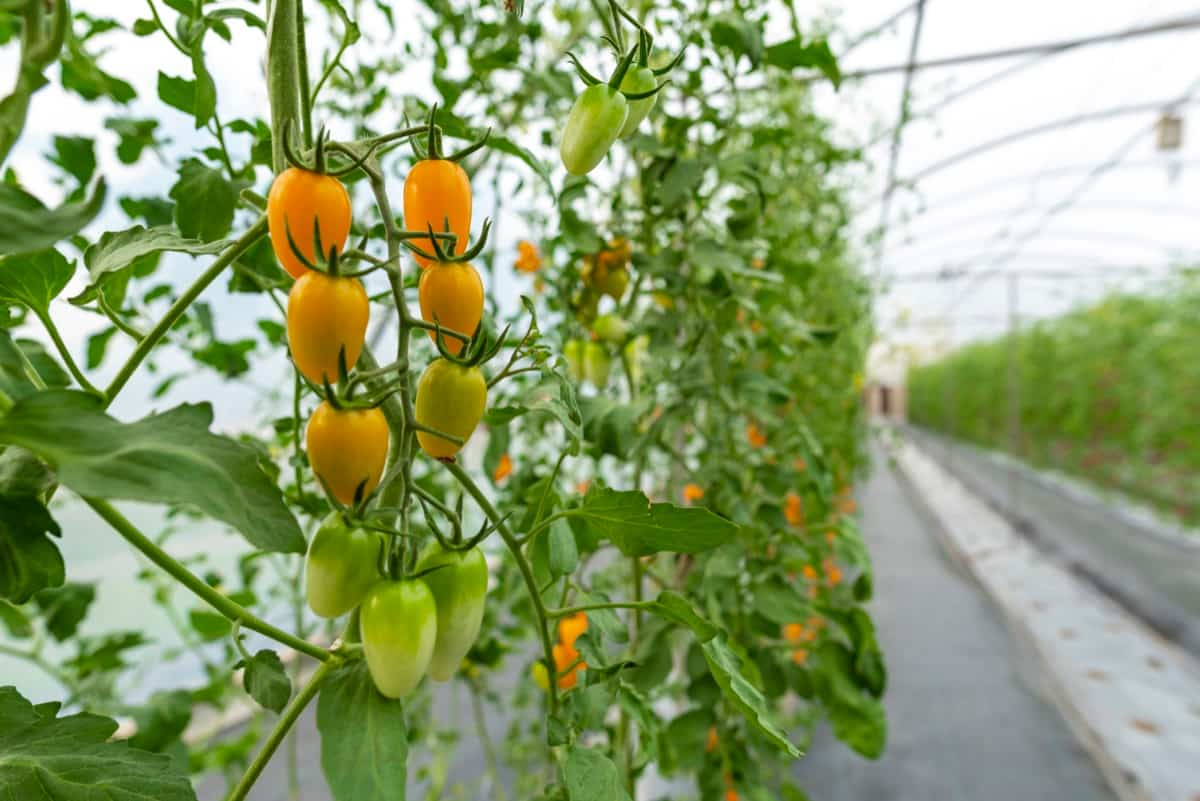
Government Subsidies and Loans for Greenhouse Farming in Spain
The Spanish government is committed to promoting greenhouse farming as a viable and sustainable form of agriculture. As such, they offer various subsidies and loans for those interested in starting or expanding their greenhouse operations. The most effective form of support comes from the European Union’s Common Agricultural Policy, which funds rural development projects.
This fund offers financial aid to farmers looking to invest in new technologies and techniques that promote environmentally-friendly farming practices. Additionally, the Spanish government has established several loan programs specifically designed for greenhouse farmers. These loans are offered at low-interest rates and can be used to finance everything from land purchases to equipment upgrades. Furthermore, tax incentives are available for businesses engaged in agricultural activities, including greenhouses.
These subsidies and loans make it easier for farmers in Spain to pursue greenhouse farming as a profitable enterprise while also promoting sustainable agricultural practices. To qualify for these subsidies and loans, applicants must meet specific criteria such as having a registered farm business, providing proof of income from agriculture activities, and presenting a detailed project plan outlining their proposed use of funds.
These subsidies and loans provide much-needed support for aspiring greenhouse farmers in Spain by making it easier to finance their projects. By taking advantage of these opportunities, growers can maximize their chances of success while contributing positively towards sustainable agriculture practices.
Challenges of Greenhouse Farming in Spain
- The main challenge for greenhouse farming in Spain is the high energy cost required to power these climate control systems, lighting, and other equipment needed for efficient production. The rising energy costs can eat into profits and make it difficult for smaller farmers to compete on price.
- Pest management also poses a significant challenge as pests such as whiteflies, aphids, and spider mites thrive inside greenhouses due to favorable temperatures and humidity levels. Farmers must adopt integrated pest management practices or use pesticides approved under EU regulations.
- The availability of water resources has become a critical issue over recent years due to droughts affecting various regions across Spain, causing an increase in water prices which affects operating costs significantly.
- Furthermore, competition from imports has put pressure on Spanish greenhouse produce prices, making it hard for small producers without economies-of-scale economies. In addition, they face strong competition from produce from countries where labor costs are lower than those found in Spain.
In case you missed it: Top 20 Steps to Boost Strawberry Yield: How to Increase Strawberry Production
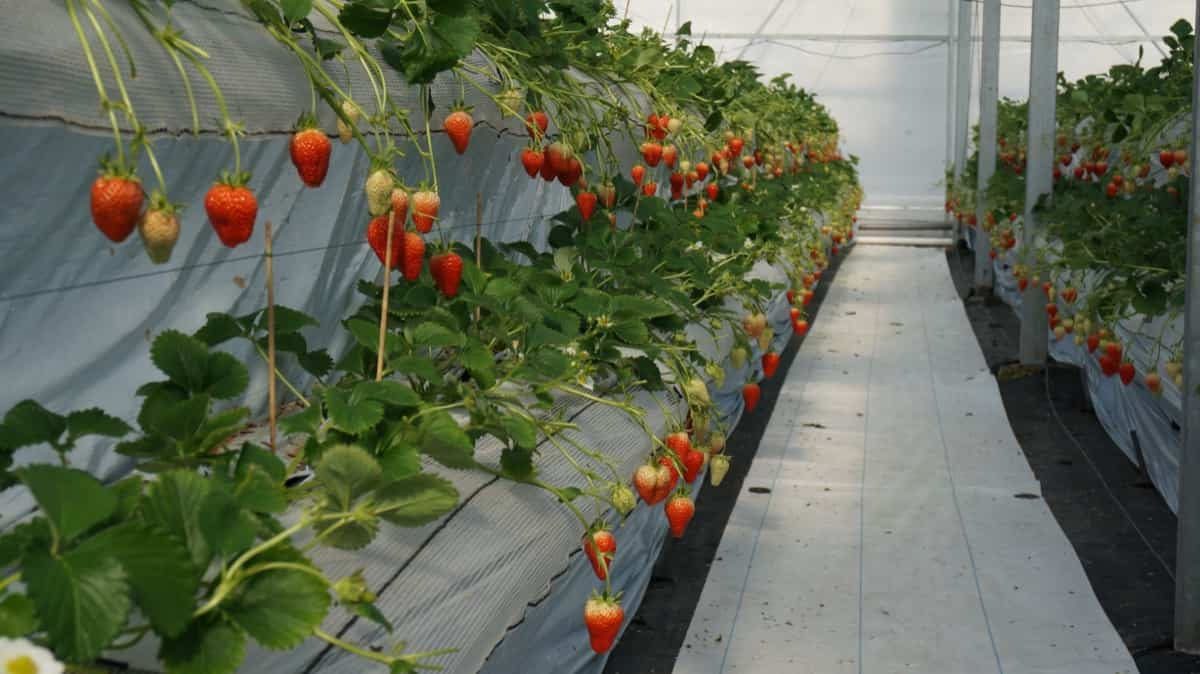
Conclusion
Greenhouse farming is growing plants in an enclosed structure that allows for greater control over environmental factors such as temperature, humidity, and light. The structure is typically made of glass or plastic panels that let sunlight through while protecting the plants from external elements.
- Economical Aquaculture: A Guide to Low-Budget Fish Farming
- 15 Common Planting Errors That Can Doom Your Fruit Trees
- How to Make Houseplants Bushy: Effective Tips and Ideas
- Innovative Strategies for Boosting Coconut Pollination and Yield
- Pollination Strategies for Maximum Pumpkin Yield
- The Complete Guide to Chicken Fattening: Strategies for Maximum Growth
- Natural Solutions for Tulip Problems: 100% Effective Remedies for Leaf and Bulb-Related Issues
- Revolutionizing Citrus Preservation: Towards a Healthier, Greener Future
- Natural Solutions for Peony Leaf and Flower Problems: 100% Effective Remedies
- Maximizing Profits with Avocado Contract Farming in India: A Comprehensive Guide
- Natural Solutions for Hydrangea Problems: 100% Effective Remedies for Leaf and Flowers
- The Ultimate Guide to Choosing the Perfect Foliage Friend: Bringing Life Indoors
- From Sunlight to Sustainability: 15 Ways to Use Solar Technology in Agriculture
- The Ultimate Guide to Dong Tao Chicken: Exploring from History to Raising
- The Eco-Friendly Makeover: How to Convert Your Unused Swimming Pool into a Fish Pond
- Mastering the Art of Delaware Chicken Farming: Essentials for Healthy Backyard Flocks
- 20 Best Homemade Fertilizers for Money Plant: DIY Recipes and Application Methods
- How to Craft a Comprehensive Free-Range Chicken Farming Business Plan
- Brighten Your Flock: Raising Easter Egger Chickens for Beauty and Bounty
- How to Optimize Your Poultry Egg Farm Business Plan with These Strategies
- Subsidy for Spirulina Cultivation: How Indian Government Schemes Encouraging Spirulina Farmers
- Ultimate Guide to Raising Dominique Chickens: Breeding, Feeding, Egg-Production, and Care
- Mastering the Art of Raising Jersey Giant Chickens: Care, Feeding, and More
- Ultimate Guide to Raising Legbar Chickens: Breeding, Farming Practices, Diet, Egg-Production
- How to Raise Welsummer Chickens: A Comprehensive Guide for Beginners
- How to Protect Indoor Plants in Winter: A Comprehensive Guide
- Ultimate Guide to Grow Bag Gardening: Tips, Tricks, and Planting Ideas for Urban Gardeners
- Guide to Lotus Cultivation: How to Propagate, Plant, Grow, Care, Cost, and Profit
- Agriculture Drone Subsidy Scheme: Government Kisan Subsidy, License, and How to Apply Online
- Ultimate Guide to Raising Araucana Chickens: Breed Profile, Farming Economics, Diet, and Care
- Bringing Hydroponics to Classroom: Importance, Benefits of Learning for School Students
- Ultimate Guide to Raising Polish Chickens: Breed Profile, Farming Economics, Diet, and Care
- Ultimate Guide to Raising Australorp Chickens: Profile, Farming Economics, Egg Production, Diet, and Care
- Silkie Chicken Farming: Raising Practices, Varieties, Egg Production, Diet, and Care
- Sussex Chicken Farming: Raising Practices, Varieties, Egg Production, Diet and Care
- Homemade Feed Formulations for Livestock: Discover Cost-effective Starter to Finisher Feed Recipes